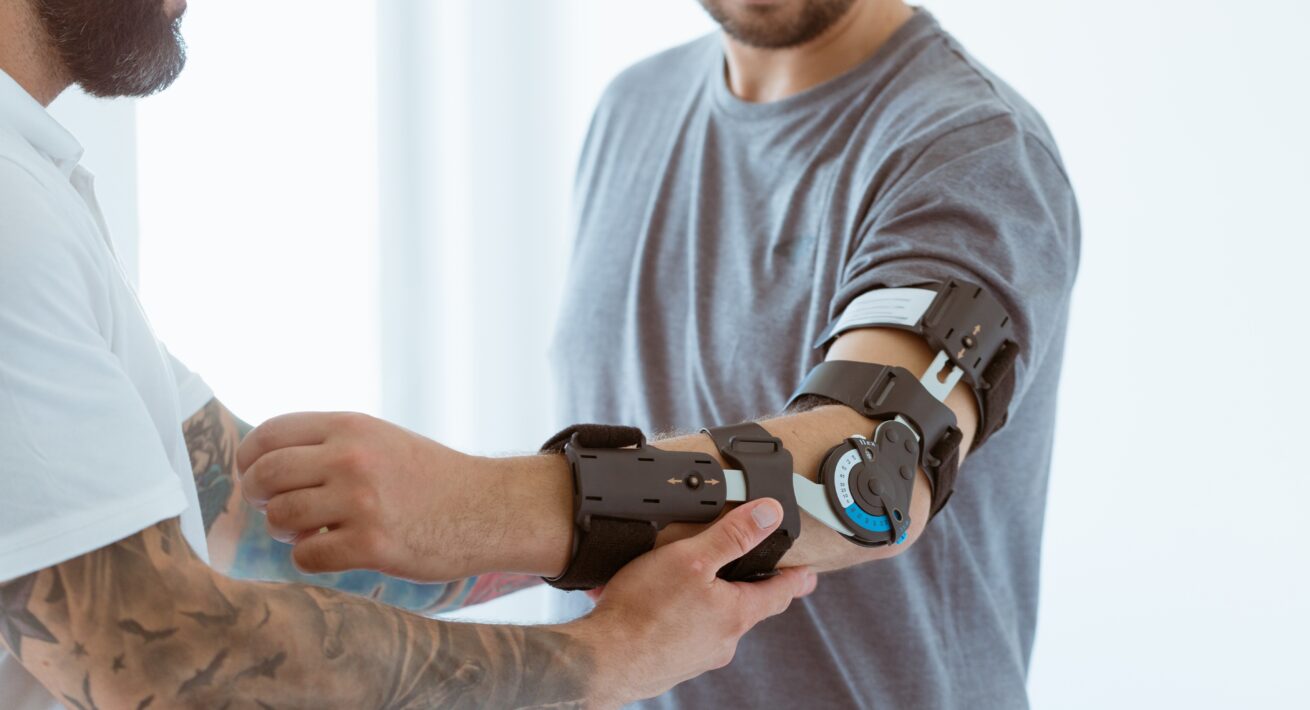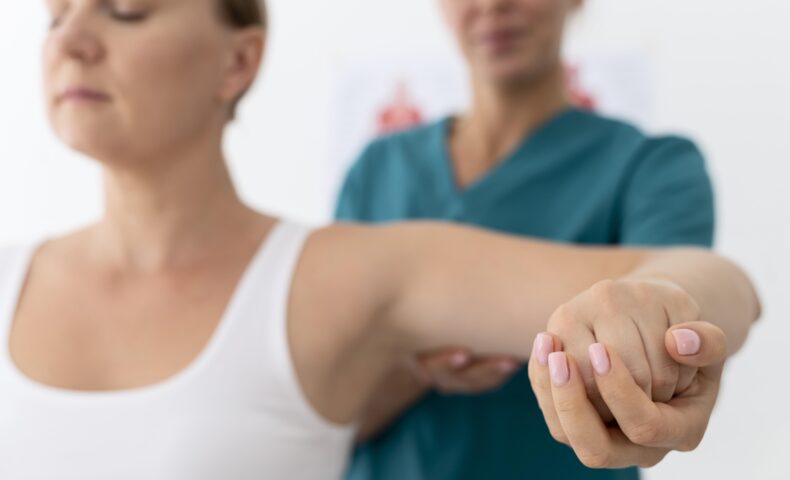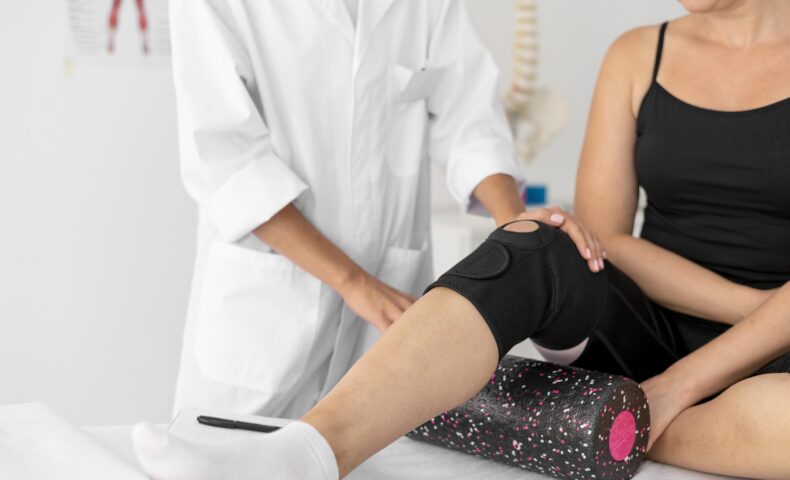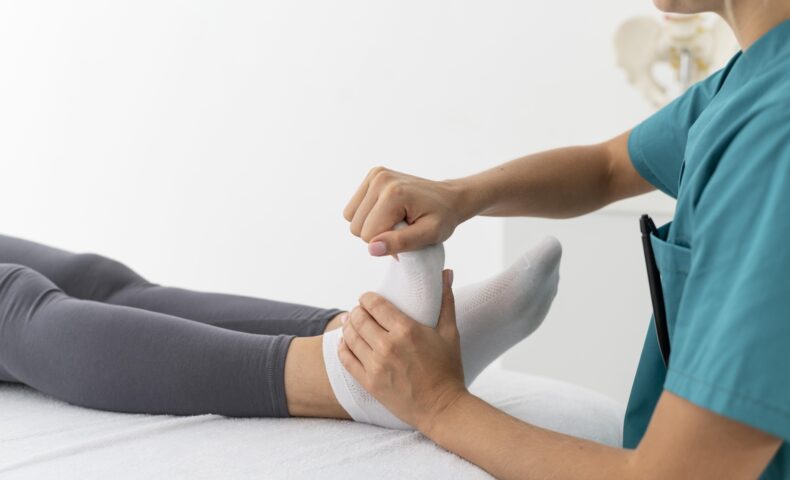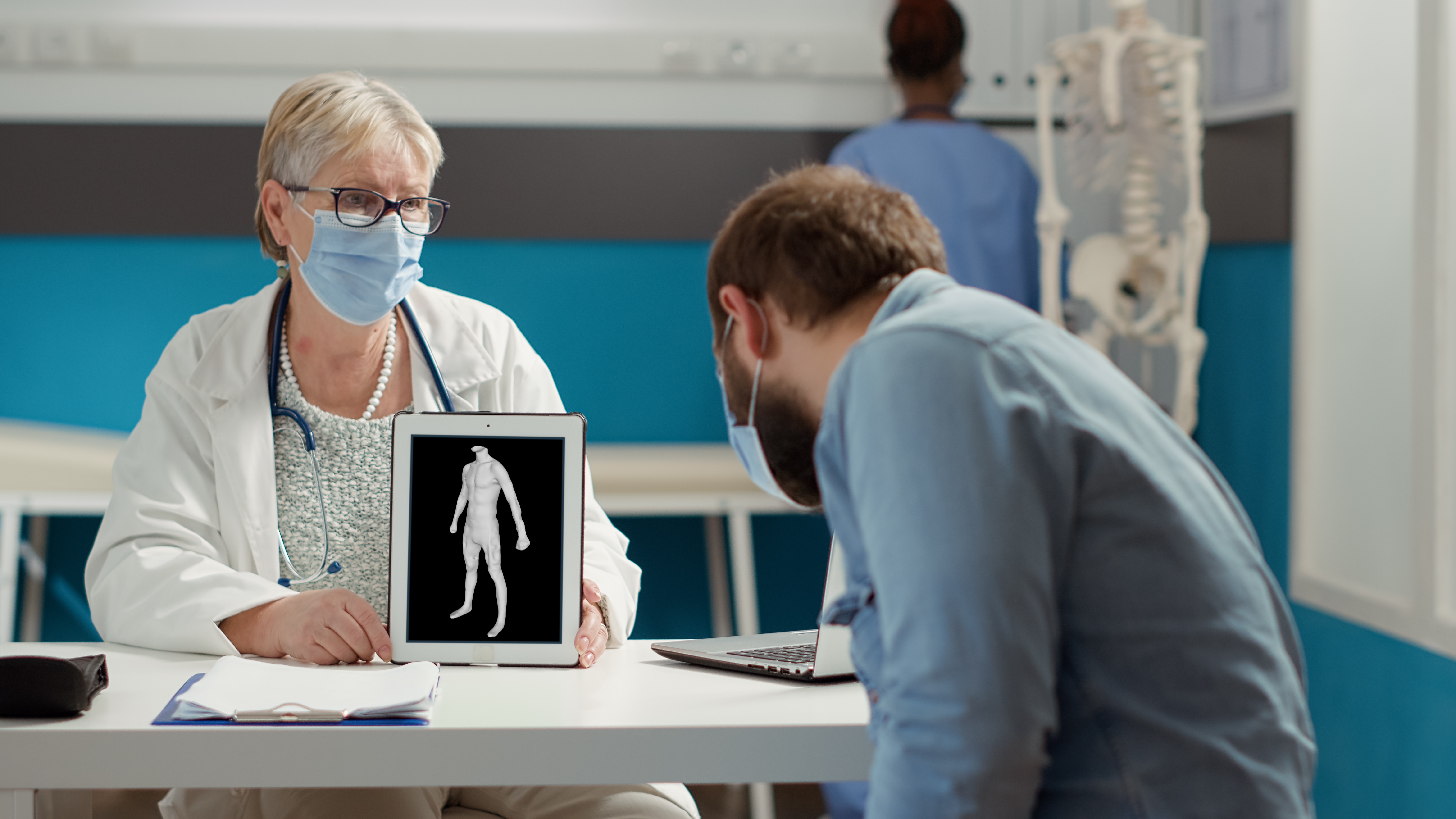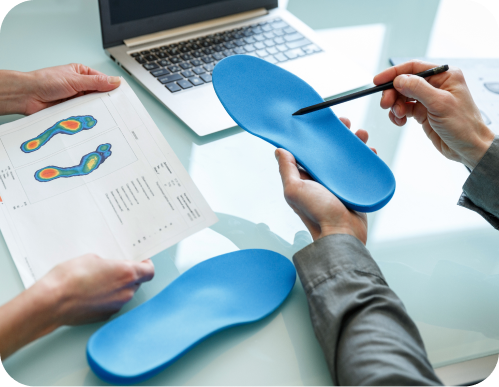A rigid orthosis is an essential device in orthopedics, providing effective stabilization and immobilization for a joint or body part. Whether for rehabilitation, postural correction, or treating joint pathologies, precision and adaptability are crucial. Today, thanks to technological advancements, it is possible to design a custom 3D rigid orthosis using a mobile 3D scanner. In this article, discover the three essential steps to create a personalized rigid orthosis with mobile 3D scanning technology.
What is a rigid orthosis?
A rigid orthosis, or solid orthosis, is a medical device designed to immobilize, correct, or support a joint or body part. Healthcare professionals commonly use it for post-traumatic rehabilitation, joint pathology treatment, or postural correction. Unlike soft orthoses, which allow some mobility due to elastic or textile materials, rigid orthoses are primarily made from hard materials such as thermoplastics or carbon fiber, ensuring optimal immobilization.
Rigid orthoses can be used on several areas of the body:
- Wrist orthosis: Stabilization after a fracture or severe tendonitis.
- Knee orthosis (KAFO for those extending to foot immobilization): Joint support for ligament pathologies.
- Ankle orthosis (AFO): Protection against severe sprains and twists.
When to wear an orthosis?
A rigid orthosis is recommended in several medical and orthopedic situations:
- Joint pathology treatment: Used to relieve pain and limit the progression of conditions such as osteoarthritis, tendonitis, or joint overload syndromes.
- Post-traumatic recovery: Following a fracture, severe sprain, or dislocation, the orthosis immobilizes the affected joint to promote healing and prevent complications.
- Support for rehabilitation and correction of deformities: In functional rehabilitation, it helps restore movement while providing appropriate support. It is also indicated for correcting postural disorders or deformities requiring prolonged rigid support.
What is the difference between an orthosis and a splint?
A splint is a temporary device primarily used in emergencies to immobilize an injured joint. Manufacturers design it to be standardized and adjustable for easy application and removal.
A rigid orthosis, on the other hand, is a custom-made device designed for prolonged immobilization tailored to the patient’s specific needs. The orthosis offers durable and precise support, optimized for recovery and patient comfort, unlike the splint, which focuses on immediate stabilization.
Creating a custom rigid orthosis in 3 steps
Step 1: Scanning the Targeted Body Part
The process begins with a mobile 3D scan of the targeted limb. This technology accurately captures the patient’s morphology and provides precise digital measurements. For example, when scanning a leg, the system collects morphological data within seconds. Using photogrammetry technology, MyFit Solutions transforms iOS and Android smartphones into powerful orthopedic 3D scanners.
Step 2: 3D Modeling
Once the scan is completed, our solution automatically transfers the data to our web platform. The system then post-processes the scan, making it immediately usable for Computer-Aided Design (CAD).
The generated models are:
– Photorealistic and true to scale
– Available with automatic measurements
– Automatically post-processed
Thanks to 3D modeling, the orthosis can be digitally adjusted before manufacturing, ensuring optimal comfort and an anatomically precise fit.
Step 3: Orthosis Manufacturing
The MyFit 3D scanning solution is 100% digital and fully integrated, allowing seamless connectivity between our scanning technology and your CAD tools. The final step is the production of the rigid orthosis using advanced manufacturing techniques such as:
– 3D printing for fast and precise fabrication.
– Thermoplastic materials that provide both durability and adaptability.
Thanks to automatic measurement, it is also possible to recommend the correct standard orthosis size for your patients.
The benefits of 3D rigid orthosis design
Using mobile 3D scanning for designing rigid orthoses is revolutionizing orthopedic practice. It combines millimeter-level precision with unmatched flexibility, offering numerous benefits to healthcare professionals. This technology allows them to save time while ensuring perfectly customized devices tailored to each patient’s needs.
- Millimeter Precision: Thanks to detailed morphological capture, our solution ensures an exact reproduction of the patient’s anatomy. This precision is crucial for designing perfectly fitted and comfortable rigid orthoses.
- Mobility and Time Savings: Unlike traditional methods requiring bulky equipment, mobile 3D scanning seamlessly integrates into healthcare professionals’ daily routines. It enables quick measurement acquisition anywhere, significantly reducing production times.
- Digitalization and Process Efficiency: The entire workflow, from scanning to manufacturing, is 100% digital. Captured data is immediately usable in CAD, preventing errors from manual measurements and optimizing professional efficiency.
- Increased Accessibility: With compatibility across iOS and Android smartphones, mobile 3D scanning democratizes access to custom orthoses without requiring expensive specialized equipment.
Integrating mobile 3D scanning into rigid orthosis design transforms healthcare professionals’ workflows. It offers them a fast, reliable, and fully adapted solution for their patients’ needs. This cutting-edge technology allows them to combine precision and mobility to provide the best orthopedic devices available.

